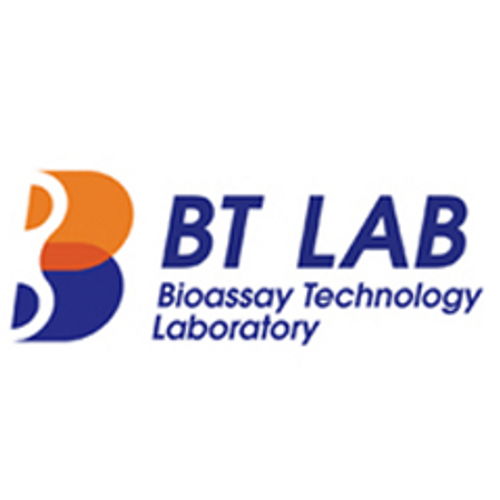Product Description
Rabbit Asymmetrical Dimethylarginine (ADMA) ELISA Kit | AE24004RB | Abebio
Species Reactivity: Rabbit (Oryctolagus cuniculus)
Abbreviation: ADMA
Alternative Name: N/A
Application: ELISA
Range: 12.35-1000 ng/mL
Sensitivity: 4.51 ng/mL
Intra-Assay: ≤3.6%
Inter-Assay: ≤9.9%
Recovery: 1, 05
Sample Type: Serum, Plasma, Other biological fluids
Detection Method: Sandwich
Analysis Method : Quantitive
Test Principale: This assay employs a two-site sandwich ELISA to quantitate ADMA in samples. An antibody specific for ADMA has been pre-coated onto a microplate. Standards and samples are pipetted into the wells and anyADMA present is bound by the immobilized antibody. After removing any unbound substances, a biotin-conjugated antibody specific for ADMA is added to the wells. After washing, Streptavidin conjugated Horseradish Peroxidase (HRP) is added to the wells. Following a wash to remove any unbound avidin-enzyme reagent, a substrate solution is added to the wells and color develops in proportion to the amount of ADMA bound in the initial step. The color development is stopped and the intensity of the color is measured.
Product Overview: Asymmetric dimethylarginine (ADMA) is a naturally occurring chemical found in blood plasma. It is a metabolic by-product of continual protein modification processes in the cytoplasm of all human cells. It is closely related to L-arginine, a conditionally-essential amino acid. ADMA interferes with L-arginine in the production of nitric oxide, a key chemical involved in normal endothelial function and, by extension, cardiovascular health. Nitric oxide (NO) is synthesized in endothelial cells by the enzyme endothelial nitric oxide synthase. The production rate of NO is a key factor for endothelial and cardiovascular functions. The substrate of endothelial nitric oxide synthase is Arg, which is converted into the products NO and citrulline. The enzyme is inhibited by the endogenous Arg metabolite asymmetric dimethylarginine (ADMA) .
Stability: The stability of ELISA kit is determined by the loss rate of activity. The loss rate of this kit is less than 5% within the expiration date under appropriate storage condition. The loss rate was determined by accelerated thermal degradation test. Keep the kit at 37°C for 4 and 7 days, and compare O.D.values of the kit kept at 37°C with that of at recommended temperature. (referring from China Biological Products Standard, which was calculated by the Arrhenius equation. For ELISA kit, 4 days storage at 37°C can be considered as 6 months at 2 - 8°C, which means 7 days at 37°C equaling 12 months at 2 - 8°C) .
 Euro
Euro
 USD
USD
 British Pound
British Pound
 NULL
NULL








